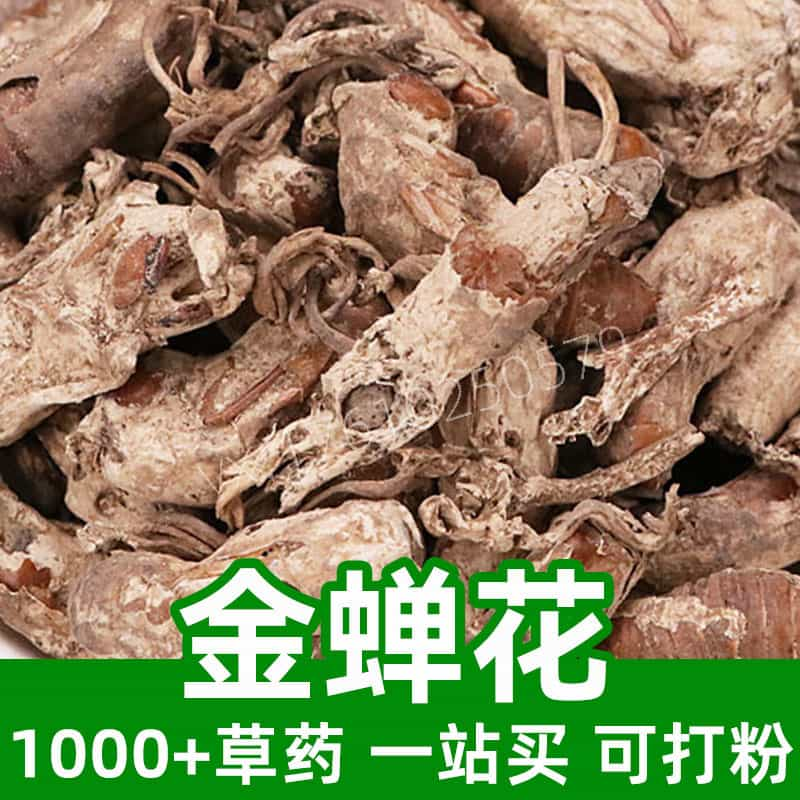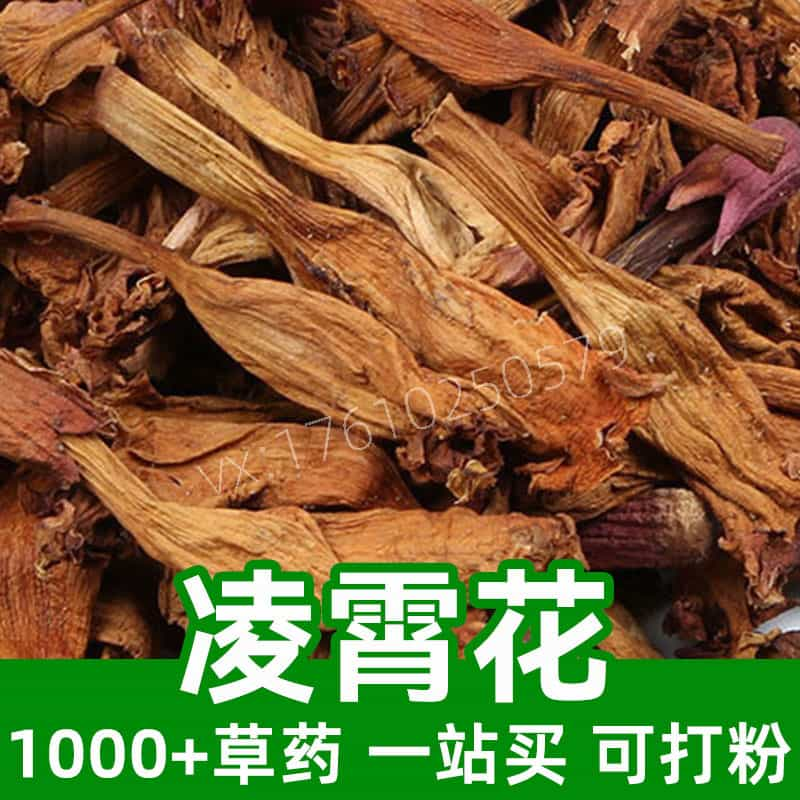Salvia Miltiorrhiza Product Introduction
Salvia Miltiorrhiza, also known as Red Sage or Chinese Sage, is an important traditional Chinese medicinal herb containing key compounds like salvianolic acid and tanshinones. Mainly grown in China, especially in the Yellow and Yangtze River regions, Salvia Miltiorrhiza is widely applied in traditional medicine, offering benefits such as promoting blood circulation, easing pain, lowering lipid levels, and reducing blood pressure. It is often used to treat cardiovascular diseases, chest pain, and stroke-related symptoms. Salvia Miltiorrhiza can be used alone or with other herbs for enhanced therapeutic effects.
Key Active Components of Salvia Miltiorrhiza
The primary active components in Salvia Miltiorrhiza include salvianolic acids, tanshinones, danshensu, tanshinone aldehyde, and others. These components are vital to its pharmacological effects.
- Salvianolic Acids: Major active compound with antioxidant, anticoagulant, anti-inflammatory, and cardiovascular protective properties. Subtypes include salvianolic acids A, B, C, D, etc.
- Tanshinones: Another essential component, mainly tanshinone I, IIA, IIB, and IIIA, known for improving blood circulation, antibacterial, and anti-inflammatory effects, beneficial for cardiovascular disease treatment.
- Danshensu: A water-soluble phenolic acid with blood circulation-promoting, cardiovascular-protective, and blood pressure-lowering effects.
- Tanshinone Aldehyde: Exhibits cardiovascular modulation, antioxidant, and anti-inflammatory properties.
- Other Components: Includes polyphenols, flavonoids, and essential oils, which together enhance Salvia Miltiorrhiza's therapeutic efficacy.
These components synergize to provide benefits like improved blood circulation, antioxidant, anti-inflammatory, and cardiovascular support, widely utilized for treating cardiovascular diseases.
Salvia Miltiorrhiza Applications and Dosage
Salvia Miltiorrhiza serves as an important traditional medicinal herb with applications in both medicine and functional foods.
- Traditional Chinese Medicine Applications:
- Cardiovascular Disease Treatment: Widely used for coronary heart disease, hypertension, and cerebrovascular diseases. It promotes blood flow, dilates vessels, reduces lipid levels, and prevents platelet aggregation, supporting heart and brain blood circulation and reducing cardiovascular incidents.
- Anti-Inflammatory and Swelling Reduction: Used for conditions like rheumatic arthritis and gout, providing joint pain relief and reducing swelling.
- Liver and Gallbladder Support: Offers liver protection, aids bile secretion, and supports liver health in cases of hepatitis and fatty liver disease.
- Food Applications:
- Health Supplements: Salvia Miltiorrhiza extract is used in health supplements to regulate lipids, protect the cardiovascular system, and offer antioxidant support, often found in soft gels and herbal teas.
- Functional Foods: Its functional properties allow for inclusion in beverages and health teas to enhance nutritional value and functionality.
- Dosage Guidelines:
- Traditional Formulations: Common formulations include injections, tablets, and capsules, with dosage according to physician or product guidelines.
- Decoctions: Used as a liquid or topical solution after boiling, with specific dosages recommended by a traditional Chinese medicine practitioner.
- Food Additives: When used as a food additive, dosage should align with national standards and production formulas.
For safe and effective use, follow recommended dosages and consult product directions or medical guidance. Avoid prolonged high doses to minimize potential side effects.
Salvia Miltiorrhiza Plant Description, Distribution, and Growing Conditions
Salvia Miltiorrhiza (Salvia miltiorrhiza Bunge) is a medicinal plant widely used in traditional Chinese medicine, with its root being the primary medicinal part.
- Botanical Description:
- Belongs to the mint family, grows as a 30–90 cm tall perennial, with a robust rhizome and extensive roots. The stem is square-shaped, slightly reddish, with opposite leaves that are ovate or lanceolate with a downy texture. Flowers are pale purple or pink.
- The medicinal part is the root, which is solid, pale yellow inside, with a sour aroma. After processing, it is used in various traditional formulas.
- Distribution:
- Native to China and widely distributed in northern regions, including Shaanxi, Shanxi, Henan, Hebei, Shandong, Anhui, and Jiangsu provinces. Also cultivated in East Asian countries like Korea and Japan.
- Growing Conditions:
- Prefers warm, humid climates with an optimal temperature range of 15–25°C, ideally 20–25°C. Thrives in full sunlight but tolerates partial shade. Requires loose, fertile, well-draining soil with a pH of 6.0–7.5 and rich organic content.
- Growth takes 2–3 years to maturity. Requires careful pest control, regular fertilization, and irrigation for healthy growth.
Overall, Salvia Miltiorrhiza grows well in northern China and has medicinal roots that serve as a valuable resource in traditional medicine.
Harvesting, Processing, and Storage of Salvia Miltiorrhiza
Proper harvesting, processing, and storage are essential to maintain Salvia Miltiorrhiza's medicinal quality.
- Harvest Timing:
- Typically harvested in autumn to early winter when root components are most potent. Best collected on clear, warm days.
- Harvesting Method:
- Clear the soil, gently dig out the roots, ensuring minimal damage to preserve medicinal quality.
- Processing:
- Clean roots thoroughly, removing soil and debris, rinse, and sun-dry until partially dried to reduce moisture.
- Slicing and Drying:
- Cut dried roots into slices and lay them in a cool, ventilated area for complete drying.
- Storage:
- Place dried root slices in a dry, ventilated space, away from sunlight and moisture. Seal with desiccants or in airtight bags to prevent mold and contamination. Avoid storing near strong odors.
- Shelf Life:
- Properly stored, Salvia Miltiorrhiza root slices are best used within a year to retain potency and quality.
- Notes:
- Throughout harvesting, processing, and storage, maintain hygiene to prevent contamination, ensuring quality and safety for medicinal use.
Overall, careful handling of Salvia Miltiorrhiza during harvest, processing, and storage preserves its value and ensures its efficacy in traditional medicine applications.
Monica Sun is a seasoned expert in the natural raw materials industry, with over a decade of experience specializing in traditional Chinese medicinal herbs, spices, and fungi. She is skilled in the sourcing, processing, and application of these materials, emphasizing sustainability and innovation. Monica Sun has contributed to the development of high-quality natural raw materials that serve as essential components in functional foods, pharmaceuticals, and cosmetics, delivering tailored solutions to meet diverse market needs.













